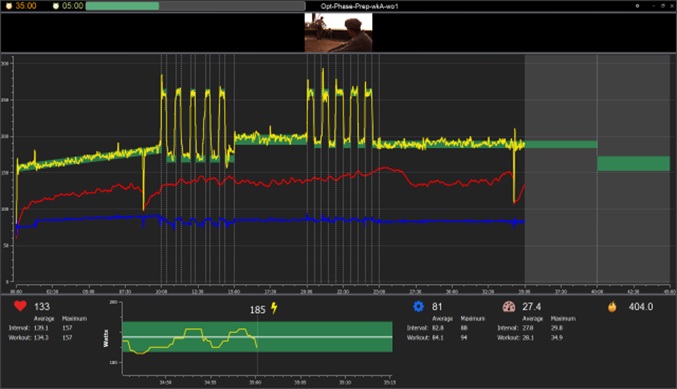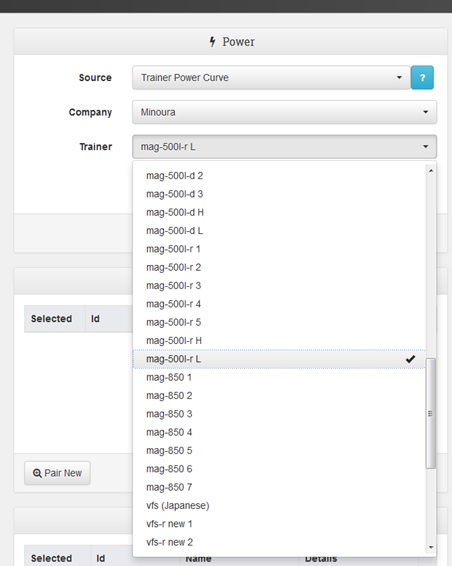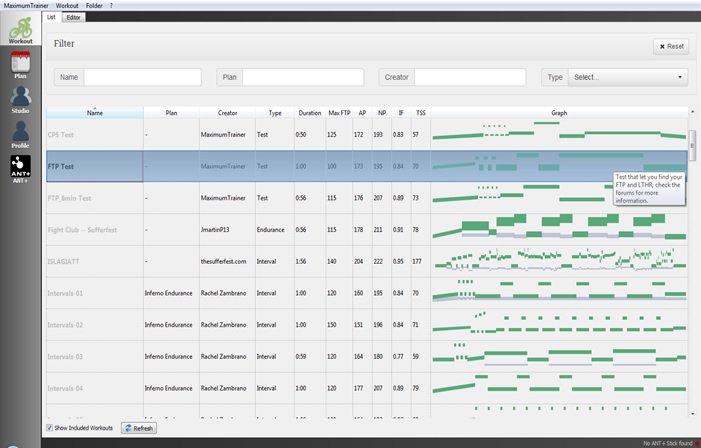A look at this inexpensive way to do power-metered indoor bike training
Lead photo by Adrien Vin/Unsplash
Power meters are a great training tool but they remain inaccessibly expensive. That does not mean, however, that only the privileged can benefit from using it. Here is a relatively affordable way to do power-guided indoor training.
Things you will need:
- An indoor bike trainer (the cheapest ones go for P3,000 or less)
- An ANT+ speed sensor (around P2,500 from online sellers)
- An ANT+ dongle (P2,000)
- A desktop or laptop
- An indoor training software (Golden Cheetah is completely free to download)
Speed as power
With the constant resistance of an indoor bike trainer, the speed you generate on it will also have a constant power equivalent. Most, if not all, available indoor training software have algorithms to convert speed into watts based on the resistance profile of the trainer.
The ANT+ speed sensor communicates with the computer software via the ANT+ dongle. The software then displays your calculated power output, allowing you to follow its structured interval workouts with precise power targets.

Consistency over accuracy
In order for the training software to adjust its speed-power calculations accounting for the spinning resistance profile and manufacturing differences of various available indoor bike trainers, you have to find and select the particular indoor trainer you are using on its list of supported brands and models. Selecting the correct one from the list allows the software to be as accurate as possible with its power calculations.
However, if the software does not have your indoor trainer on its list, you can just choose one at random, stick to one resistance level on your trainer (in case it’s adjustable), then do a functional threshold power test using that combination.

Since we are not setting the correct trainer model in the software, its speed-power calculations and thereby your FTP test result will likely be inaccurate. Not a cause for concern though because interval training sessions adjust its power requirements based on percentage values of your FTP rather than its real values.
Your FTP, the hardest effort you can sustain for a one hour time trial ride, by default is your 100 percent effort level. Even if the watt values you get are inaccurate, the variations in training intensities will therefore remain consistent within your own setup. By the way, all downloadable training software already has an FTP test programmed in it.

Riding by feel
Even when you can no longer see your real-time power output in an outdoor ride, consistent training on your indoor setup should familiarize you with the sensation of pedaling at different effort levels. You will instinctively know the difference between riding at 80 percent, 100 percent, or 120 percent of your threshold, which should give you better control over your pacing when you ride out or race even without a power meter.
For an even cheaper option
If the cost of this setup is still impractical, we can bring it further down to its barest essentials with just an indoor trainer and a chainstay mounted speed sensor (wired bike computers are the cheapest at around P2,000). Again do an FTP test but instead of watts, you’ll be determining your power output in terms of kph or mph values. You can then manually monitor your power output represented in speed values as you do interval training sets.
If you are serious about getting fast on the bike but have limited money to spend, invest in training tools and equipment, not bike upgrades. No matter how light or aerodynamic your bike and its components are, it won’t go fast unless you and your legs are.
*Note that the screenshots are not of Golden Cheetah. Various training software will have different interfaces but the premise of its functionalities are the same.